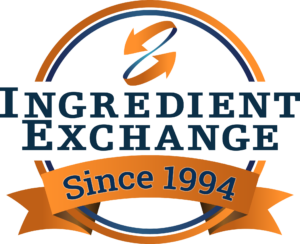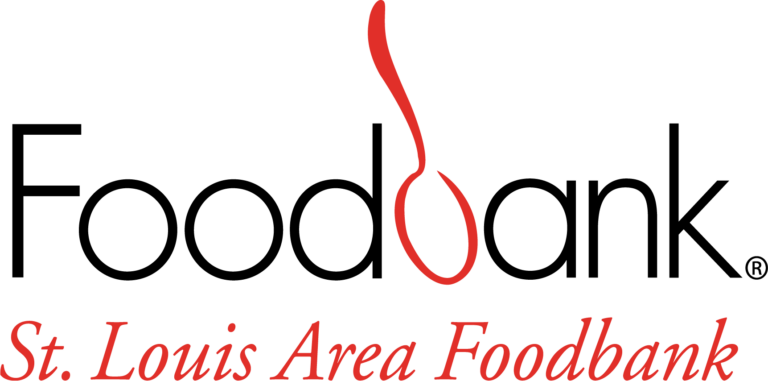We add it to our burgers at a backyard bbq; we shred it on top of our favorite pasta dish; we make ooey-gooey grilled cheese sandwiches; and we even eat it as a snack all by itself.
Okay, maybe not everyone loves cheese, but we have to admit, with a global market projected to reach US $112.8 Billion by 2025, cheese is in a mold all its own… pun intended.
Below are some believe-it-or-not cheesy facts that shine some light on where the industry is and where it is headed.
Fast Food Industry Loves Cheese
Fast food continues to be a major consumer growth market due to increasing urbanization across the world. Fast food has always been fond of cheese, but because of this urbanization and growth, fast food chains are driving even more cheese consumption worldwide and will continue to be one of the largest consumers of cheese.
With increasing emerging markets and emphasis on global marketing expansion, the impact of the global cheese market will continue to be positive, growing at a CAGR of 8.4% during 2020-2025, according to Business Wire.
The Cheese Industry Itself
Dairy is a billion-person industry, composed of 600 million living on dairy farms and another 400 million who work on dairy farms. Dairy farms are located in virtually every country in the world, even in areas you might assume conditions are inhospitable to dairy.
Cheese (from the Latin caeus, hence the term ‘casein’) is derived from milk (whether that be cow’s milk, buffalo, goat, sheep, or others) and produced in many varieties and forms by the coagulation of the milk protein casein.
There are many varieties of cheese including hard, soft, semi-hard, semi-soft, soft and fresh, blue, pasta filata, processed and soft-ripened. In addition, there are over 1000 types of cheese, many of which you’ve probably never heard of. Anyone ever tried pule??
Cheese has been an important part of our economy and culture since, well, there has been an economy and culture.
For example, the Mediterranean island of Sardinia off the western coast of Italy, has more than 3,500,000 sheep, goats, and cows grazing the relatively small, rocky island.
But one tradition that is luckily now outlawed on Sardinia was to use live larvae in a fermentation process. This cherished cheese story is too good not to know, but it’s also not for the weak.
Current Obstacles and Cheese Surplus Warehouse Issues
The American Cheese Society (ACS) is an organization that represents specialty cheesemakers across the Americas, with over 2,400 members, and they are the go-to site for much information.
Young consumers are increasingly looking for natural and locally-made speciality products, which is partially what has contributed to recent growth in the dairy industry, notably by artisan speciality cheesemakers.

Despite this growth, these speciality cheesemakers are struggling to maintain profitability. According to the ACS, profit margins are slimming and are an area of concern. Aggravating these difficulties are low milk prices, record cheese surplus, and competition among larger retailers.
Because of the decline of overall milk-consumption, regulation changes, supply-chain disruption, and shelf-life and storage issues, the dairy and cheese industry are being challenged.
It can be no surprise that, like many things in the global economy, the price of cheese has gone on quite the rollercoaster ride over the past year due to the global COVID-19 pandemic. The uncertainty facing the American economy, compounded by the drastic decline within the restaurant industry, caused the sales of bulk cheese to plummet, which resulted in lower milk prices.
Due to so much commodity fluctuation, altered consumer behavior, and wholesale restaurant demand taking a nose-dive, producers and manufacturers alike are left making constant sharp production shifts. A recent New York Times article illustrated how a market that typically is not so volatile got caught in the hardship this time around.
To sum up, with 6 billion people annually consuming cheese and dairy, it’s pretty safe to say that cheese will be enjoyed for years to come, and that we all need to continue to support the cheese and dairy industry.
At Ingredient Exchange, we help food ingredient customers re-purpose their problem inventory—including under-grade and junior cheese—and turning it into cash.
Got unusable ingredients, or questionable ingredients, let’s chat — while there’s still time?



